The Power of Body Language: Enhancing Communication and Connections
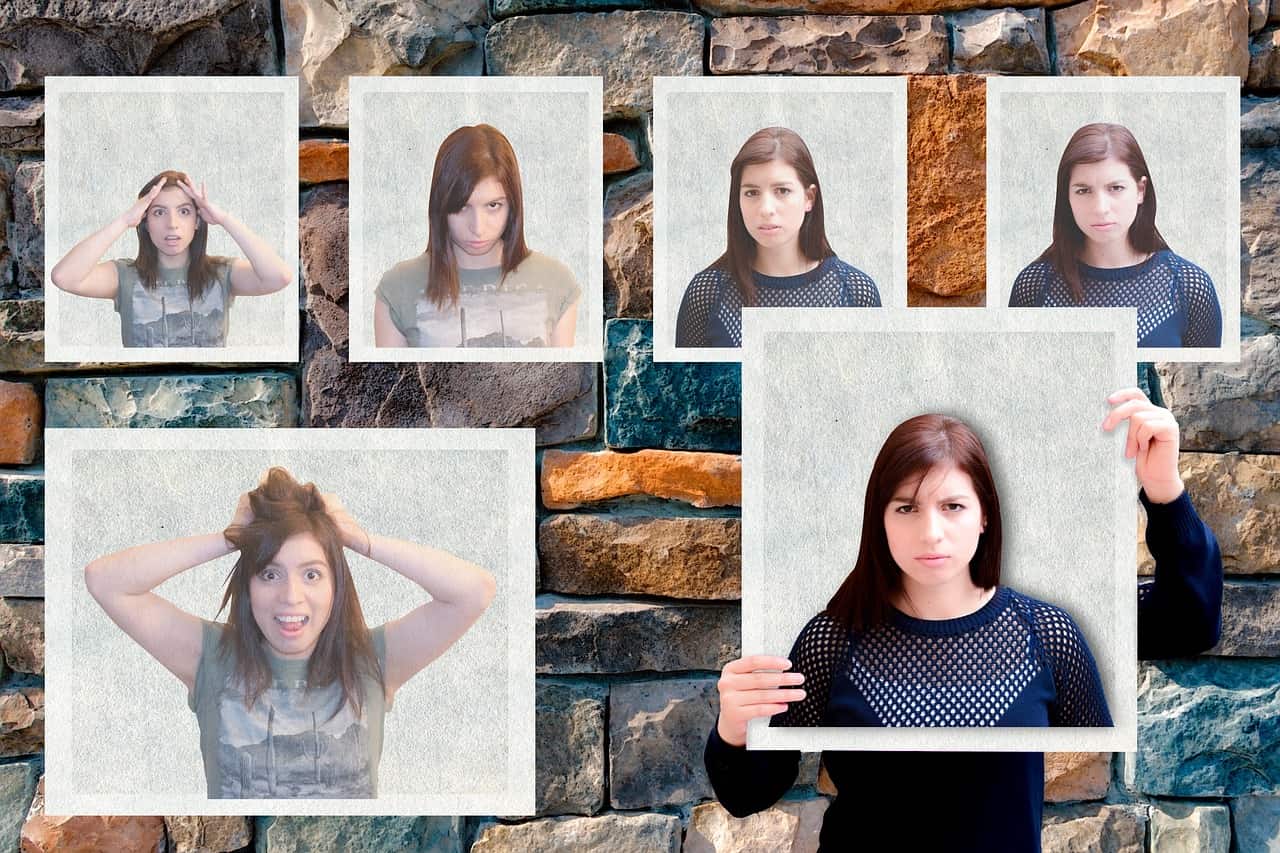
Did you know that we can talk to each other in ways other than words? Our bodies move and sway along with what we say and keep talking even when we stop talking.
What does body language mean?
The way the body moves is called body language. When we shrug our shoulders, clap our hands, shake our heads, or roll our eyes, we are using our bodies on purpose.
Other times, our bodies do things behind our backs that show how we’re feeling or what we’re thinking without us knowing it.
For example, we might unconsciously turn our feet in one direction, make ourselves smaller, or touch our necks and face.
David Lambert says that body language has three main uses: as a conscious replacement for speech, like when we wink or give the thumbs up; to reinforce speech, like when we use hand gestures to help make a point we’re making orally; and as a reflection of our mood, like when our faces, bodies, and pupils get bigger.
How Body Language Has Changed
Before humans learned to speak, it’s possible that they communicated with each other through body language. In 1969, British biologist Desmond Morris said that our animal nature makes us able to communicate without words.
Charles Darwin said in 1872 that humans and apes have similar facial expressions because they share a shared ancestor.
Not just people and apes, but also lizards, birds, and dogs puff up their chests when they want to show who is the boss. We know that a dog feels bad when he hangs his head low, but we also know that we can do the same thing.
People and animals both dance to attract mates and shrink when they are rejected or lost. When we want them to and when we’re not paying attention, our bodies seem to say a lot more than we realize.
50 Unbelievable World Facts to Impress Your Friends and Family
The Body of Thought
In the last few decades, something strange has come to light: the idea that our bodies show what’s going on in our minds and that the body can directly affect the mind in its own way. This goes both ways.
Embodied cognition is a new area in psychology. Its main idea is that our bodies and the world around us not only affect us but are also deeply connected to our thoughts. Our thoughts are shaped by what we’ve been through.
Studies in this field have shown some amazing things: sitting in a hard chair makes people less willing to compromise than sitting in a soft chair; holding a heavy clipboard makes people take their jobs more seriously; holding a warm drink makes people think someone is more generous and caring than someone holding a cold drink.
It changes the way we think about what we think. The common belief that our awareness lives in our brains and watches the world while telling our bodies what to do is only half of the story.
Most of the time, we don’t even realize what we’re doing with our bodies; we just go with the flow. But if we look at the idea of embodied cognition, we might find that we can change our thoughts and moods on purpose by becoming aware and using the power of the mind to choose our form and movement. Let’s think about what could happen.
What Kinds of Body Language to Watch Out For
Here are some kinds of body language you should know and understand. Once you know what kinds of body language to look for, we’ll show you how to read it to tell if it’s open and positive or closed and negative.
1. Positioning
You’ve probably been told to sit up straight a few times in your life. It turns out that there’s a good reason to do so. When we sit or stand with a slouch, our spines may not be in the right place. This can affect our general health and leave us feeling bad.
problems for the rest of our lives.
There are also things that happen quickly. A study from San Francisco State University found that slouching can make you feel sad and tired. They also found that putting your body in a more upright position can make your mood and energy better.
Slouching can also be a sign that you don’t value yourself enough, but it’s an example of body language that’s easy to change if you’re aware of it.
2. Smiling
It’s easy to catch a smile. There are things in our brains called “mirror neurons” that fire when we do something and when we see someone else do it.
When we see a smile, our brains do the same thing they would do if we smiled, so we feel the same feelings that come with a smile. This is the same idea behind how yawns spread from one person to another.
The good news is that you don’t have to see someone else smile to make yourself smile. This can help you get out of a bad mood and reduce your stress while keeping your eyebrows drawn and your face angry will make you see the world in a more negative way.
3. Crossed Arms
The arms are folded as a form of defense to protect the heart and lungs. It’s something we often do when we’re nervous, worried, or angry about something or someone. Monkeys have also been seen making the same motion when they feel threatened.
Crossing our arms makes us more determined and ready to work on hard problems for longer, even when we feel like giving up.
We might not want that strong attitude when we’re dealing with other people, though, because the physical barrier it creates could not only make the other person think you’re not interested in what they have to say, but it could also make you less interested in what they have to say.
Mastering Self-Discipline: 7 Daily Habits for Success and Personal Growth
4. Power Poses
Taking up space is a strong sign, just like how animals puff up their chests to show who is in charge. Those who take up more space tend to be more confident, more sure of themselves, and from a better social class.
The power pose, in which we take up space in a confident way, changes the amount of testosterone and cortisol in our bodies.
It has been shown that doing a simple pose for 2–3 minutes a day can improve our feelings of power by as much as 20%, while low-power poses make us feel less powerful and cause testosterone to drop.
The stress hormone cortisol goes down in people who look confident and goes up in people who don’t look confident.
5. Reflecting
Copying what someone else does is what it means to mimic them. Mirroring doesn’t have to involve the whole body. Even small things like where the hands are put can be seen as mirroring.
Mirror neurons make this happen unconsciously most of the time, but the impact stays the same if we do it on purpose. Mirroring has been shown to help people connect with each other, settle arguments more easily, and feel more empathy for each other.
6. Eye Contact
Eye contact has a lot of power. When you look into someone’s eyes, you get excited, which can be good or bad, based on the situation. It also helps you tell the difference between real and fake smiles, which could reveal your lies.
In 1989, researchers found that two minutes of looking into each other’s eyes was enough for people who already knew each other to feel more love and desire for each other. Another study found that when someone looks at us, we become more aware of ourselves.
Understanding the complexities of body language and how it affects our daily lives can teach us a lot about how we act and how we connect with others. By paying attention to our body language and making conscious decisions, we can improve our ability to communicate, change our moods, and build relationships.
Conclusion:
Body language is a powerful form of nonverbal communication that affects how we connect with each other and with others.
By learning how to read and use body language well, we can improve our ability to communicate, make better connections, and handle social situations with more insight.
It lets us show our thoughts, feelings, and goals in ways that words can’t. This helps us understand each other better and make deeper connections.
By paying attention to our body language, we can become better communicators and make sure that our relationships with others are honest and positive.



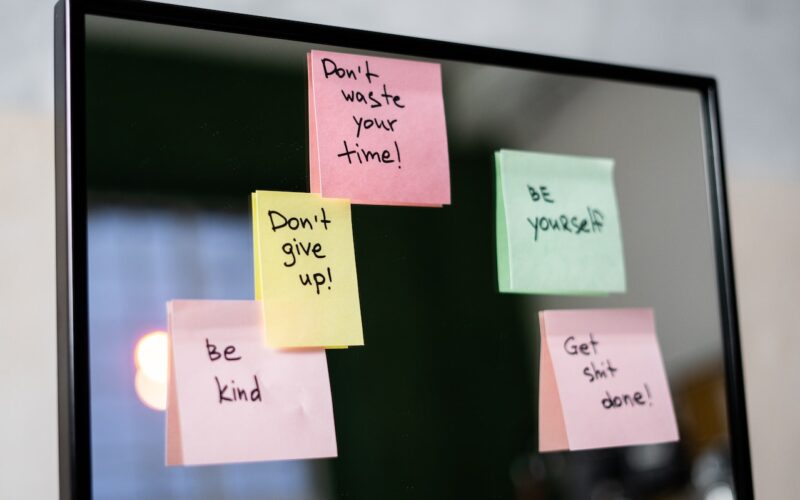
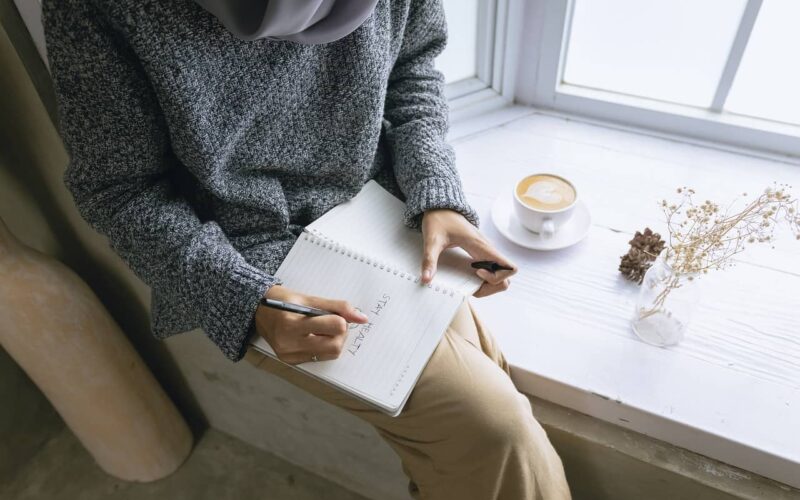

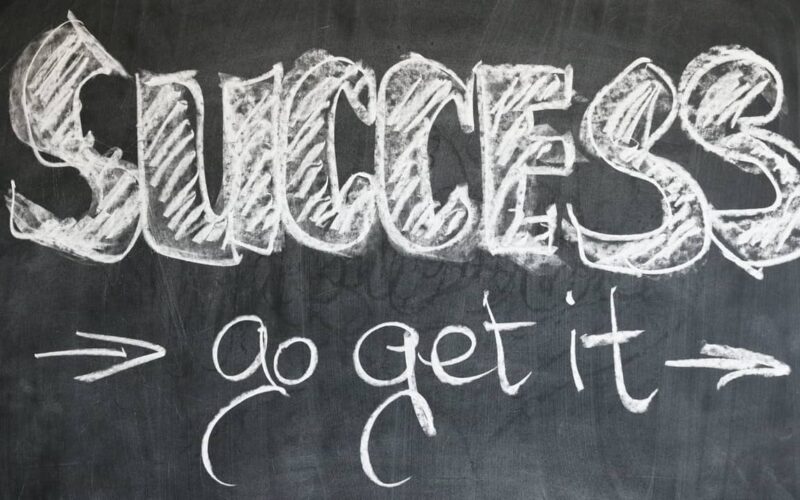






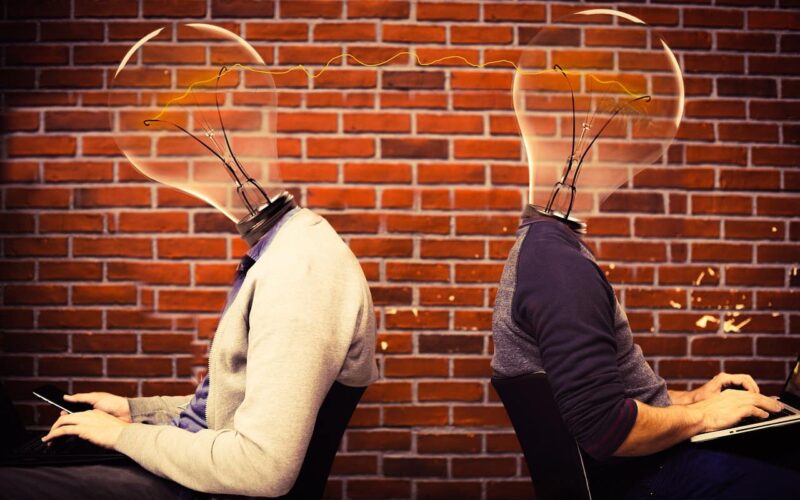
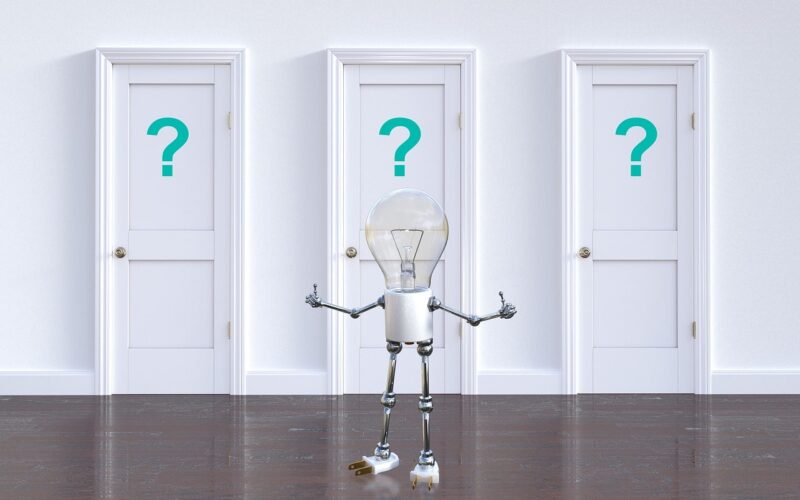
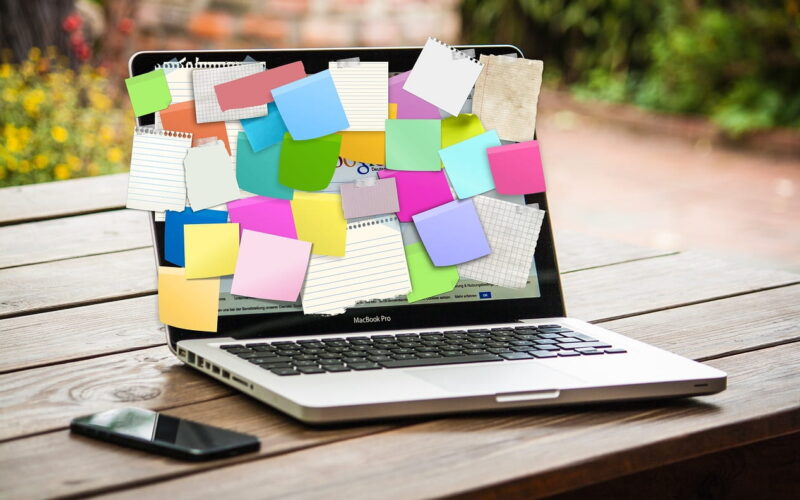

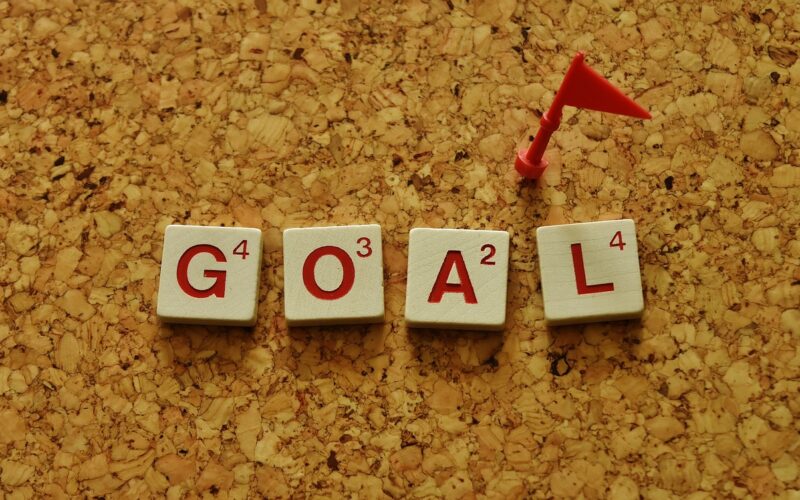



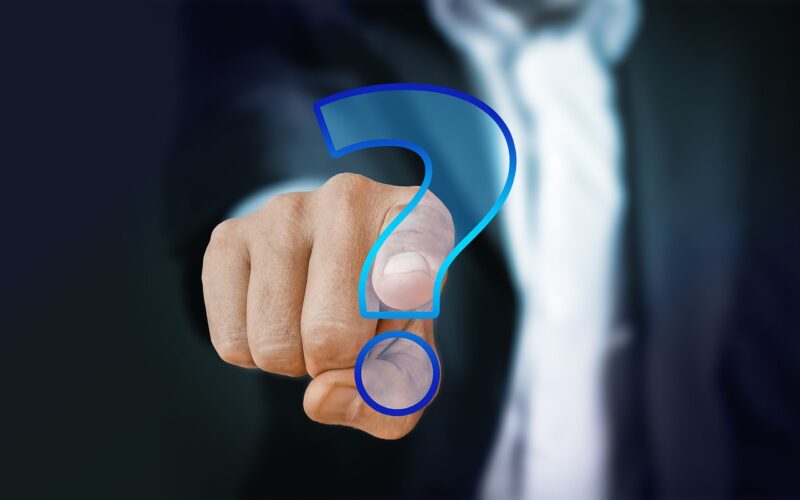

0 Comments